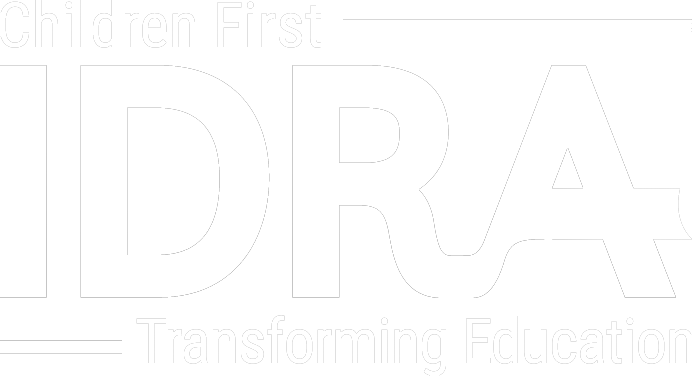• by Bradley Scott, Ph.D. • IDRA Newsletter • May 2002 • 
Recently, I watched a television program in which rescuers used wide wooden boards stretched out over quicksand to get to a sinking victim. The boards supported their weight. If they had tried to walk over the quicksand without the wood’s support, they too would have sunk. They were able to save the victim without sinking because the planks were broad enough to overcome the physical properties and natural dynamics of the quicksand.
After some discussion with colleagues here at the Intercultural Development Research Association (IDRA), it is patently clear to me that school accountability, both individual and institutional, is like the planks of wood the rescuers used.
School accountability is the missing aspect of the Goals of Educational Equity that I have developed over the years. The discussion of accountability covers a range of issues.
President George W. Bush has embraced accountability as a central tenet in his No Child Left Behind Act framework (2002). IDRA’s Dr. María Robledo Montecel and Dr. Albert Cortez have discussed the issue as a part of the indicators of school success (2002). Dr. Rosana Rodríguez and Dr. Abelardo Villarreal described engaged accountability as a critical aspect for implementing policies and practices to open doors to higher education for students (2002). Certainly, I can do no less – it is a natural fit.
The sixth goal of educational equity is accountability (see box below.) In this framework, accountability is defined as: the assurance that all education stakeholders accept responsibility and hold themselves and each other responsible for every learner having full access to quality education, qualified teachers, challenging curriculum, full opportunity to learn, and appropriate, sufficient support for learning so they can achieve at excellent levels in academic and other student outcomes.
By implication in this definition, where the system and those who are responsible for it fail the learner, they also share the blame. No one group of stakeholders can point the finger of blame at any other. All stakeholders bear the responsibility for student school success and the blame when students are not successful.
If we see the Goals of Educational Equity as being a house, it all comes together very nicely. The roof is Goal One – Comparably High Achievement and Other Student Outcomes. The four walls are Goal Two (Equitable Access and Inclusion), Goal Three (Equitable Treatment), Goal Four (Equitable Opportunity to Learn), and Goal Five (Equitable Resources), respectively. Finally, Goal Six is Accountability, the broad planks of the floor supporting the entire structure.
Without each part of the house, the structure will sink, not unlike the victim trying to walk on quicksand without support. In truth, we are all responsible or to blame for student success.
Resources
Robledo Montecel, M. and J.D. Cortez. “Successful Bilingual Education Programs: Indicators of Success at the School Level,” IDRA Newsletter (San Antonio, Texas: Intercultural Development Research Association, January 2002).
Rodríguez, R. and L. Villarreal. “Development Through Engagement: Valuing the ‘At-Promise’ Community,” IDRA Newsletter (San Antonio, Texas: Intercultural Development Research Association, August 2000).
Bradley Scott, Ph.D., is a senior education associate. Comments and questions may be directed to him via e-mail at feedback@idra.org.
[©2002, IDRA. This article originally appeared in the May 2002 IDRA Newsletter by the Intercultural Development Research Association. Permission to reproduce this article is granted provided the article is reprinted in its entirety and proper credit is given to IDRA and the author.]


